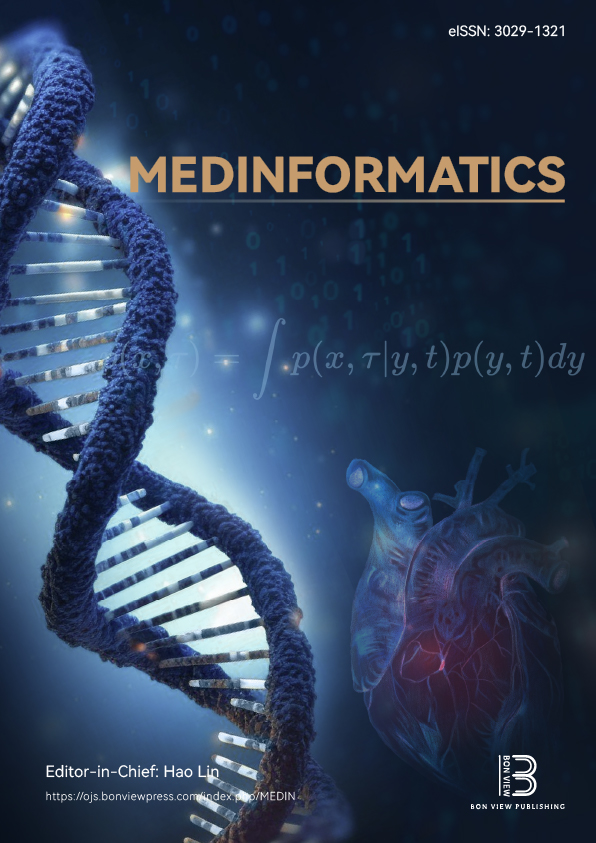Deep Learning Neural Network with Transfer Learning for Liver Cancer Classification
DOI:
https://doi.org/10.47852/bonviewMEDIN52025652Keywords:
liver tumor, HCC, deep learning, transfer learning, VGG-16, MobileNetAbstract
Hepatocellular carcinoma (HCC), commonly referred to as “primary” liver cancer, represents the fourth leading cause of cancer related mortality worldwide. Despite its high fatality rate, several studies have highlighted that early detection and accurate diagnosis can significantly reduce disease progression and improve patient survival outcomes. With the rapid increase in the use of imaging modalities such as computed tomography and magnetic resonance imaging, medical specialists are confronted with the challenge of interpreting vast amounts of complex data. Manual classification of cancer through these imaging techniques is not only labor-intensive and time-consuming but also prone to human error, especially when dealing with large, heterogeneous datasets. In this context, computer-aided diagnosis (CAD) systems have emerged as powerful tools to support radiologists in achieving faster and more reliable decision-making. Thus, the primary goal of this effort is to design an advanced CAD framework for the accurate detection of liver cancer by leveraging the potential of deep learning methodologies. Specifically, transfer learning strategies combined with convolutional neural networks are employed to enhance classification performance. Two state-of-the-art pretrained models, VGG-16 and MobileNet-V1, are utilized within the proposed frame work to optimize feature extraction and improve diagnostic accuracy. Experimental results demonstrate that the proposed model achieves an impressive classification accuracy of 96% in distinguishing HCC cases. Data collection (i), data preprocessing (ii), and data analysis (iii) are the three fundamental stages that make up the architecture of the system. Overall, this study provides a reliable and efficient approach for liver cancer detection, offering a substantial contribution to early diagnosis strategies and paving the way for improved clinical decision support in oncology.
Received: 10 March 2025 | Revised: 7 August 2025 | Accepted: 31 October 2025
Conflicts of Interest
The author declare that he has no conflicts of interest to this work.
Data Availability Statement
The data that support this work are available upon reasonable request to the corresponding author.
Author Contribution Statement
Nibras Mizouri: Conceptualization, Methodology, Software, Validation, Formal analysis, Investigation, Resources, Data curation, Writing – original draft, Writing – review & editing, Visualization, Supervision, Project administration.
Downloads
Published
Issue
Section
License
Copyright (c) 2025 Author

This work is licensed under a Creative Commons Attribution 4.0 International License.


